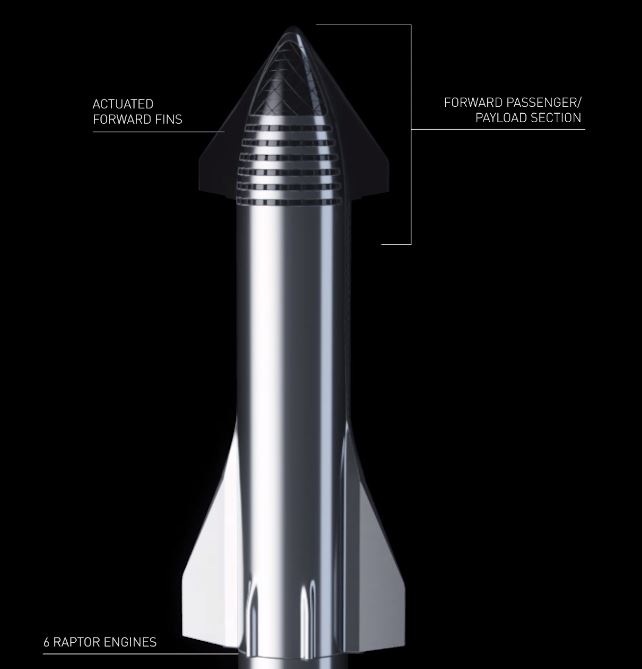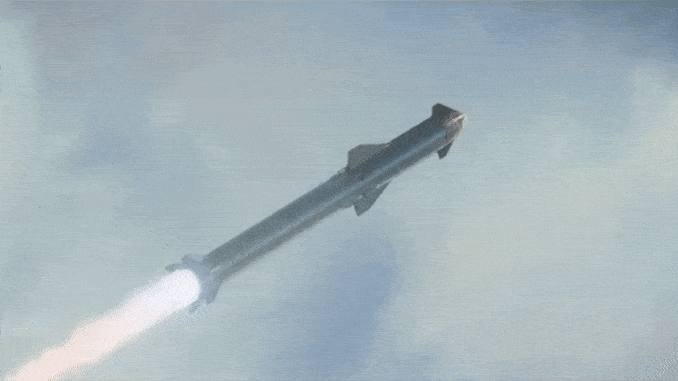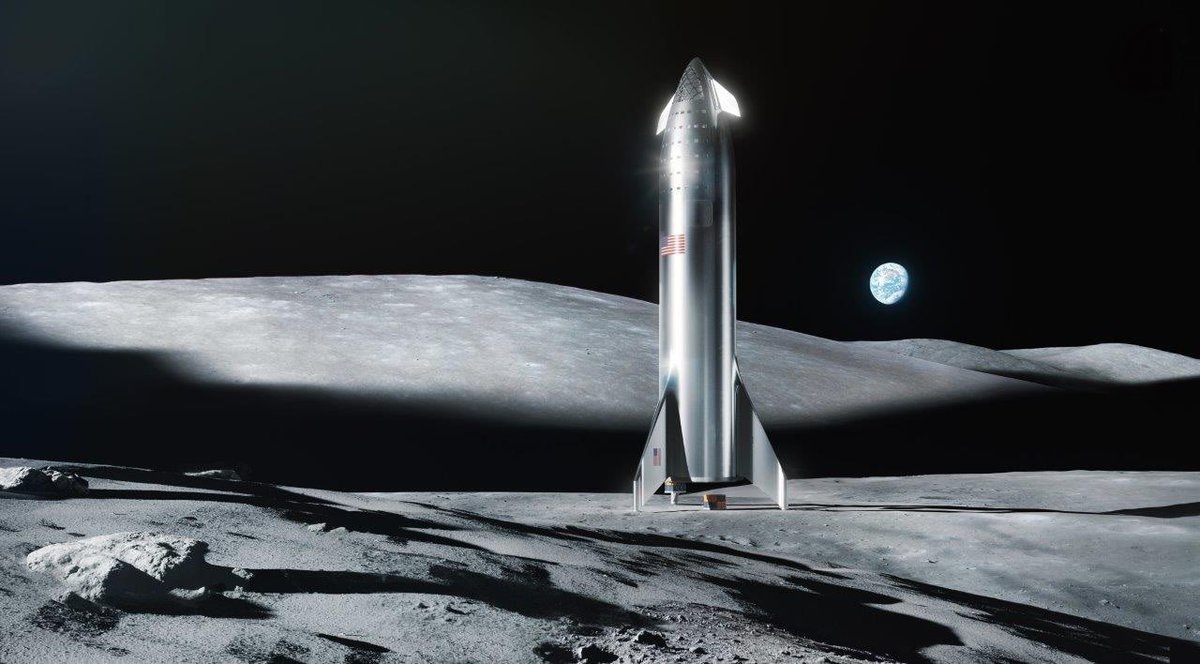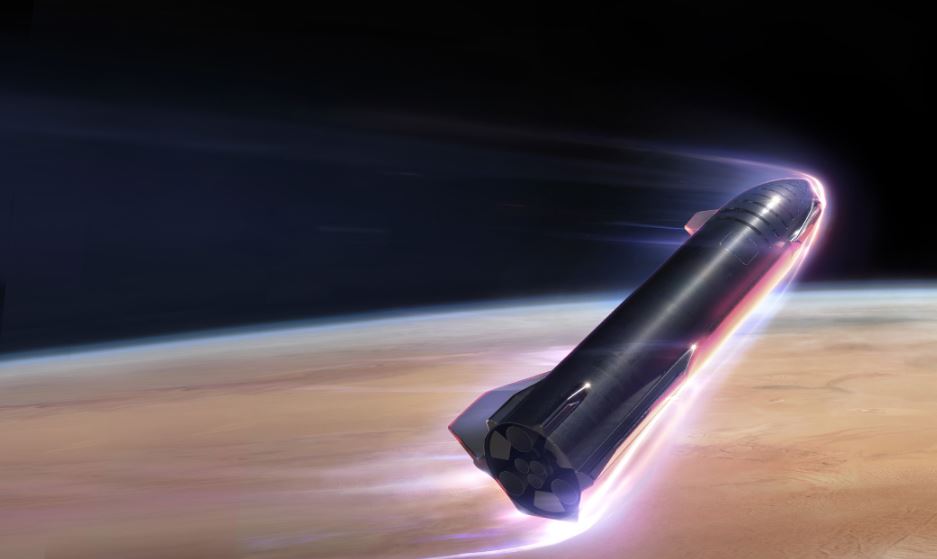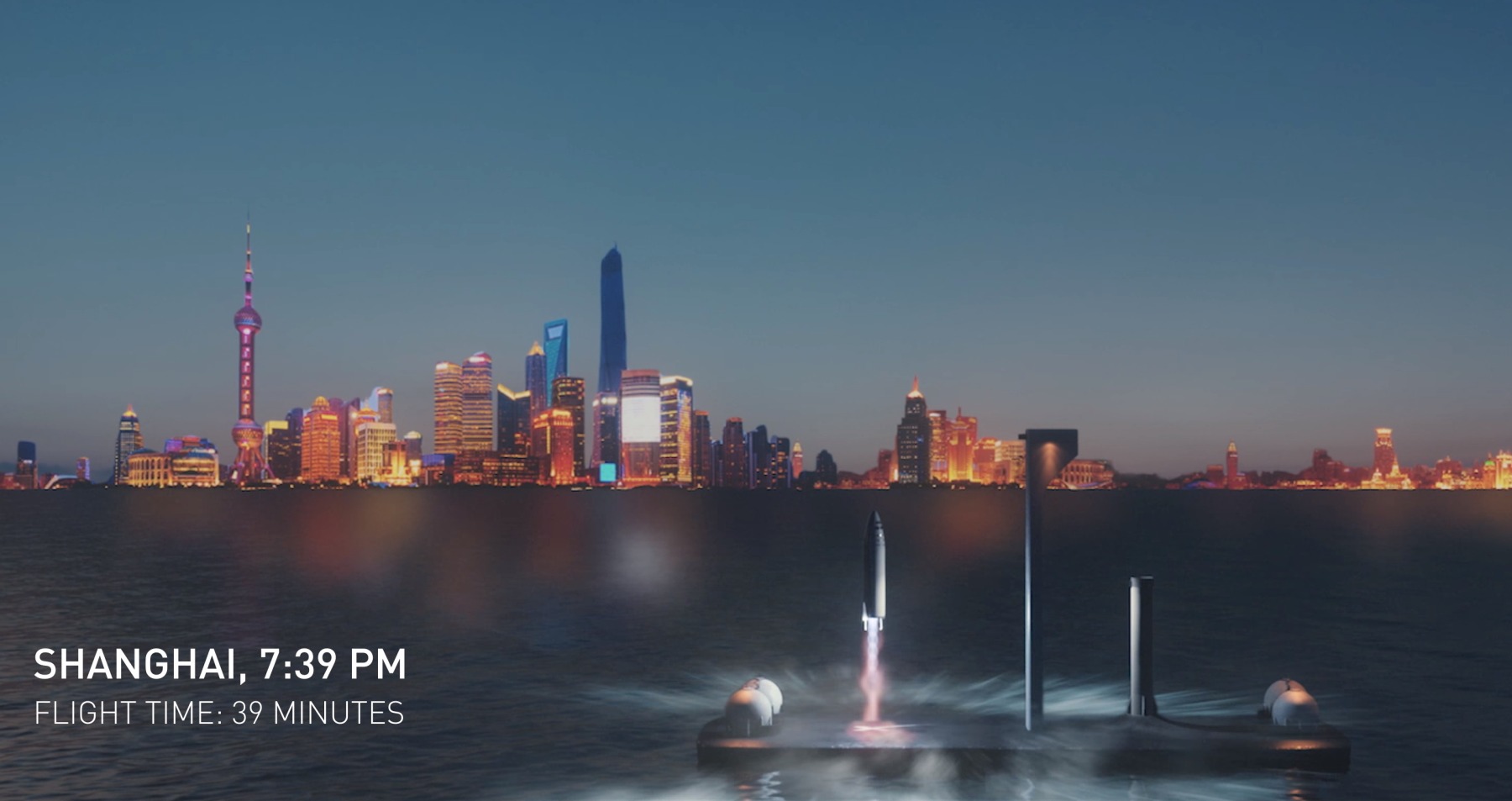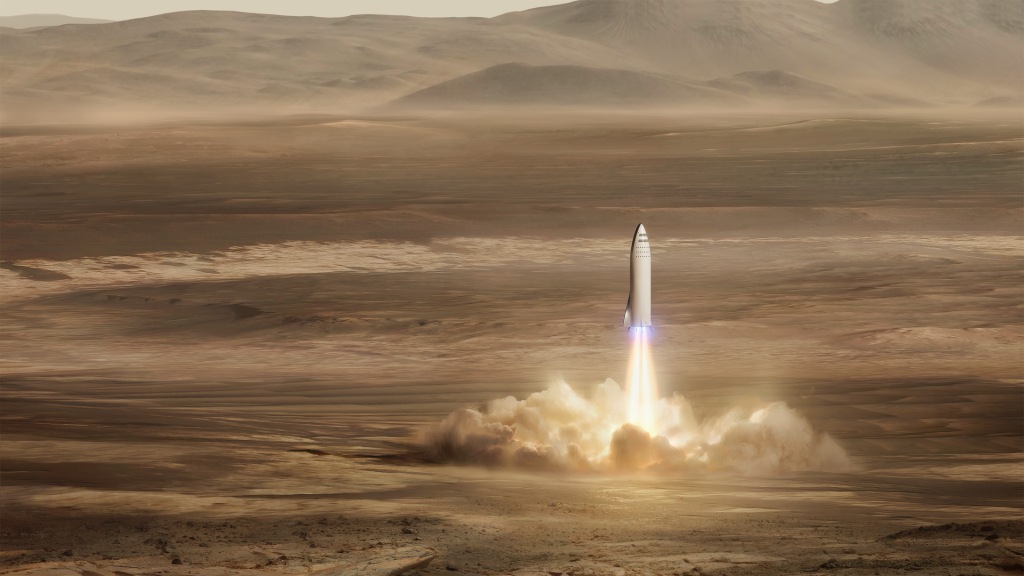SpaceX’s Futuristic Looking Starship 🚀
Multi-Purpose Reusable Rocket
The SpaceX Starship launch system is a super-heavy-lift class of rocket intended to replace the existing SpaceX launch vehicles and spacecraft. The system is being built to facilitate the development of a commercial spaceship which can perform low Earth orbit (LEO) services and eventually be used for the colonization of Mars to ensure humans become a multi-planetary species in the 2020’s.
Space Faring Species
The CEO and founder of SpaceX, Elon Musk, always intended for SpaceX to help make humans a space fairing species by bringing down the cost of spaceflight through usability and developing the hardware to establish a Mars colony in the 2020's. Musk has always argued that to increase the probability that humans survive indefinitely we need to have at least a “back up planet” in case something happened to Earth – like a near-Earth asteroid strike. Therefore Musk believes humans need to establish a permanent base on Mars, but to achieve this you need a cheap, fully reusable interplanetary spaceflight system.
SpaceX’s initial space launch system idea, the ITS, was superseded in 2017 by the Big Falcon Rocket (BFR) design and again in 2018 with a further redesign unveiling during the #DearMoon Lunar Odyssey announcement. Finally in 2019 the design was changed again so that the, now Starship, would be constructed out of Stainless Steel and have retractable legs. The Starship spacecraft and Super Heavy Booster will eventually replace SpaceX’s current launch vehicles and spacecraft; the Falcon 9, Falcon Heavy and Dragon/Crew Dragon.
To pay for its development, it is intended that the Starship Booster and spacecraft variants will be able to perform SpaceX’s current LEO services (in addition to a new point-to-point spaceliner service) while also serving as an interplanetary cargo and crew transfer system to establish a self-sustaining colony on Mars.
Top 10 Facts About SpaceX’s Starship!
- Three variants of the Starship are planned – a Starship spacecraft (for carrying passengers), Starship cargo (delivery spacecraft to service LEO customers) and the Starship tanker for on orbit refuelling.
- The Super Heavy Booster and Starship will be 118 m (387 ft) tall and 9 m (30 ft) in diameter.
- The 1st stage Booster and Starship will use sub-cooled liquid methane and liquid oxygen (CH4/LOX) propellants which can one day be produced on the Moon and Mars!
- The completely reusable system will be able to put a 100-ton payload into LEO.
- The maximum weight at lift-off will be 4,500 tonnes (9,200,000 lbs).
- The Super Heavy first stage, with its 37 Raptor engines, will provide 16 million lbf (72 mN) of thrust – greater than any previous rocket, even the Soviet N1!
- The 50 m (160 ft) long Starship Spacecraft will utilize 3 sea-level Raptor engines and 3 Raptor engines optimized for operating in a vacuum.
- An in-orbit propellant transfer will be possible between the Starship Tanker variant to the Starship Spacecraft.
- The Starship Spacecraft contains approximately 1000m3 of pressurized volume which is about the same as an Airbus A380 aircraft!
- The reusable heat shield and delta wing on the Starships allow it to land on planetary bodies with and without atmospheres – such as the Moon and Mars!
After initial unmanned test flights, Earth orbiting missions and flights to the Moon, SpaceX aims to launch Starship on a Mars cargo mission in 2024 with a crew to follow during the 2026 launch window. It’s considered by many that these dates are ambitious, but if anyone can do it, it's the Elon & the team at SpaceX!
How exciting that a private spaceflight company might put cargo and humans on Mars before NASA’s Orion spacecraft can!



